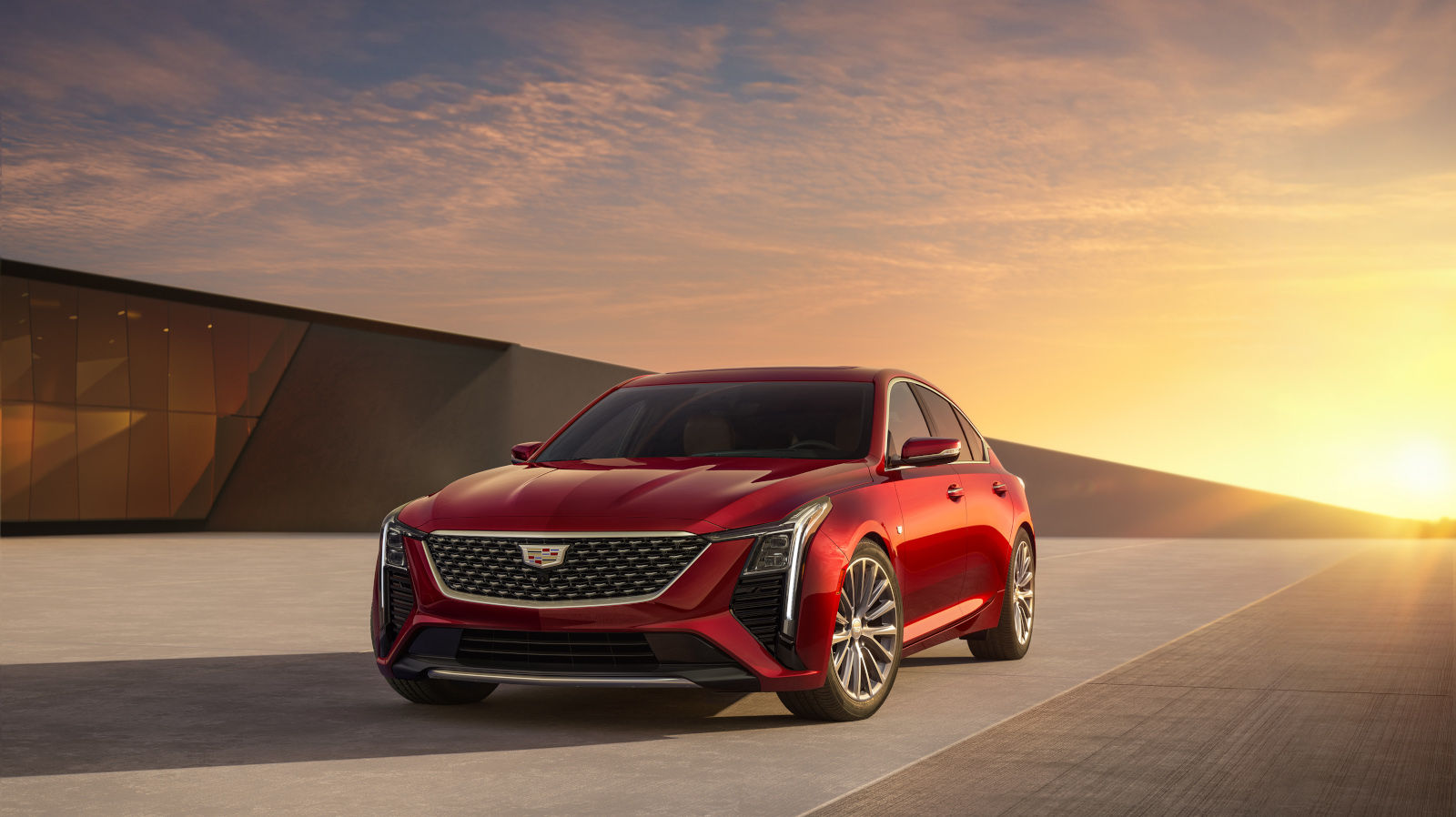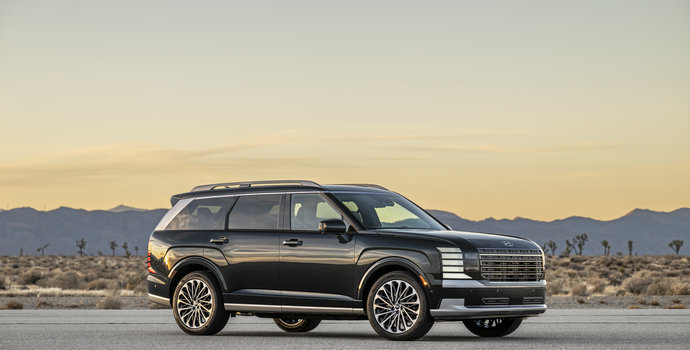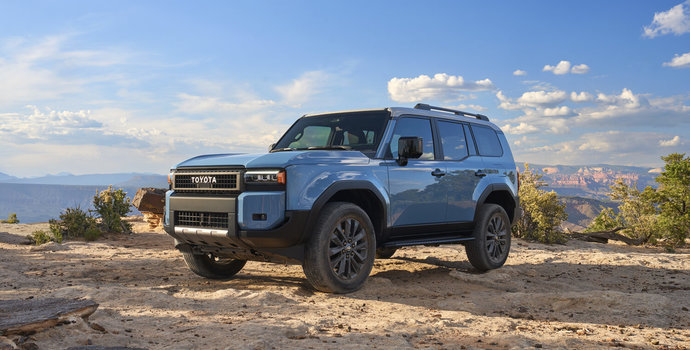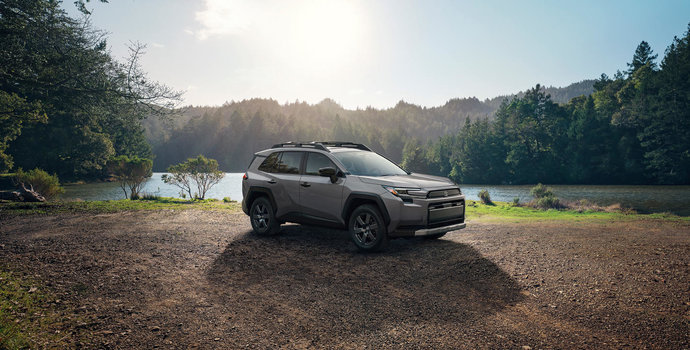Every year, the National Highway Traffic Safety Administration (NHTSA) puts dozens of new vehicles through rigorous crash and safety testing under its 5-Star Safety Ratings Program, part of the New Car Assessment Program (NCAP). For 2025, the agency has selected 37 vehicles—spanning everything from full-size SUVs to compact sedans—to evaluate in a variety of real-world crash simulations and driver assistance system tests. Understanding how these ratings are determined is essential for buyers who prioritize safety, whether for family use, daily commuting, or long-distance travel.
Shop the Latest Vehicles
Discover top-rated safety and peace of mind with the latest models available at The Humberview Group—engineered for safety and built to perform.
Shop New Inventory >
What Is the NHTSA 5-Star Safety Rating?
The NHTSA 5-Star Safety Rating is one of the most recognizable benchmarks for vehicle safety. Each tested vehicle receives a score from one to five stars, with five being the highest possible rating. The score reflects how well a vehicle performs in crash protection and, more recently, how well it avoids crashes using available driver assistance technologies.
The ratings are displayed both online at NHTSA.gov/Ratings and directly on the Monroney label (window sticker) of new vehicles at dealerships. These ratings aim to help consumers easily compare vehicle safety when shopping for a new vehicle.
How the Vehicles Are Tested

NHTSA tests each selected model in three primary categories:
- Frontal crash testing simulates a head-on collision between two similar vehicles traveling at 56 km/h.
- Side crash testing evaluates the impact when another vehicle strikes the side of the tested car, and also includes a pole test simulating a crash into a fixed object like a tree.
- Rollover testing assesses the risk of the vehicle tipping over during abrupt steering maneuvers or loss of control.
In addition to these structural assessments, NHTSA evaluates crash avoidance and mitigation technologies in some models. These tests measure the effectiveness of:
- Forward Collision Warning (FCW)
- Crash Imminent Braking (CIB)
- Dynamic Brake Support (DBS)
- Lane Departure Warning (LDW)
Only vehicles equipped with these features are eligible for this advanced evaluation, making it increasingly important for shoppers to understand both the passive and active safety systems available in modern vehicles.
Why These Ratings Matter to Buyers

A 5-star rating does not guarantee zero injury in a crash, but it does indicate a significantly higher level of protection than lower-rated vehicles. For families, commuters, or anyone planning to put thousands of kilometres on their vehicle each year, choosing a highly rated model can provide peace of mind and potentially reduce the severity of injuries in the event of an accident.
Moreover, automakers are continually improving their vehicles to meet or exceed these standards. As a result, many of the most popular 2025 models offer enhanced crash protection and increasingly sophisticated driver assistance systems.
2025 Vehicles Selected for NHTSA 5-Star Safety Ratings
The following table includes only the 2025 vehicles selected for testing that are relevant to our readers. Models from manufacturers such as BMW, Genesis, Kia, Lexus, Mitsubishi, Nissan, and Subaru are excluded from this list.
|
Manufacturer
|
Model
|
|
Audi
|
Q6 e-tron EV
|
|
Cadillac
|
CT5 (with V6)
|
|
Cadillac
|
Escalade
|
|
Cadillac
|
XT4
|
|
Chevrolet
|
Equinox
|
|
Chevrolet
|
Silverado EV
|
|
Chevrolet
|
Tahoe
|
|
Ford
|
Expedition
|
|
Ford
|
Explorer
|
|
Ford
|
Transit Wagon
|
|
Hyundai
|
Palisade
|
|
Hyundai
|
Tucson
|
|
Jeep
|
Gladiator
|
|
Jeep
|
Wrangler 4-Door 4xe
|
|
Lincoln
|
Nautilus
|
|
Ram
|
1500 Crew Cab
|
|
Ram
|
1500 Quad Cab
|
|
Toyota
|
4Runner
|
|
Toyota
|
Camry Hybrid
|
|
Toyota
|
Corolla
|
|
Toyota
|
Corolla Cross
|
|
Toyota
|
Land Cruiser Hybrid
|
|
Toyota
|
Tacoma
|
|
Toyota
|
Tundra
|
|
Volkswagen
|
Tiguan
|
Looking Ahead

As testing is completed throughout the year, NHTSA will release detailed results, which will provide clearer distinctions between the highest-rated vehicles. Many of the models listed above already have strong safety reputations from previous years, and the 2025 model year introduces new improvements in structure, materials, and crash avoidance technology.
For buyers looking to make an informed, safety-focused decision, staying updated on these results—and understanding the meaning behind the stars—is a key step toward selecting the right vehicle. Whether you're buying a family-friendly SUV like the Ford Explorer or a rugged off-roader like the Toyota 4Runner, knowing how it performs in crash scenarios helps ensure you're choosing with confidence.
You might also be interested in these blogs:
Shop the Latest Vehicles
Discover top-rated safety and peace of mind with the latest models available at The Humberview Group—engineered for safety and built to perform.
Shop New Inventory >








